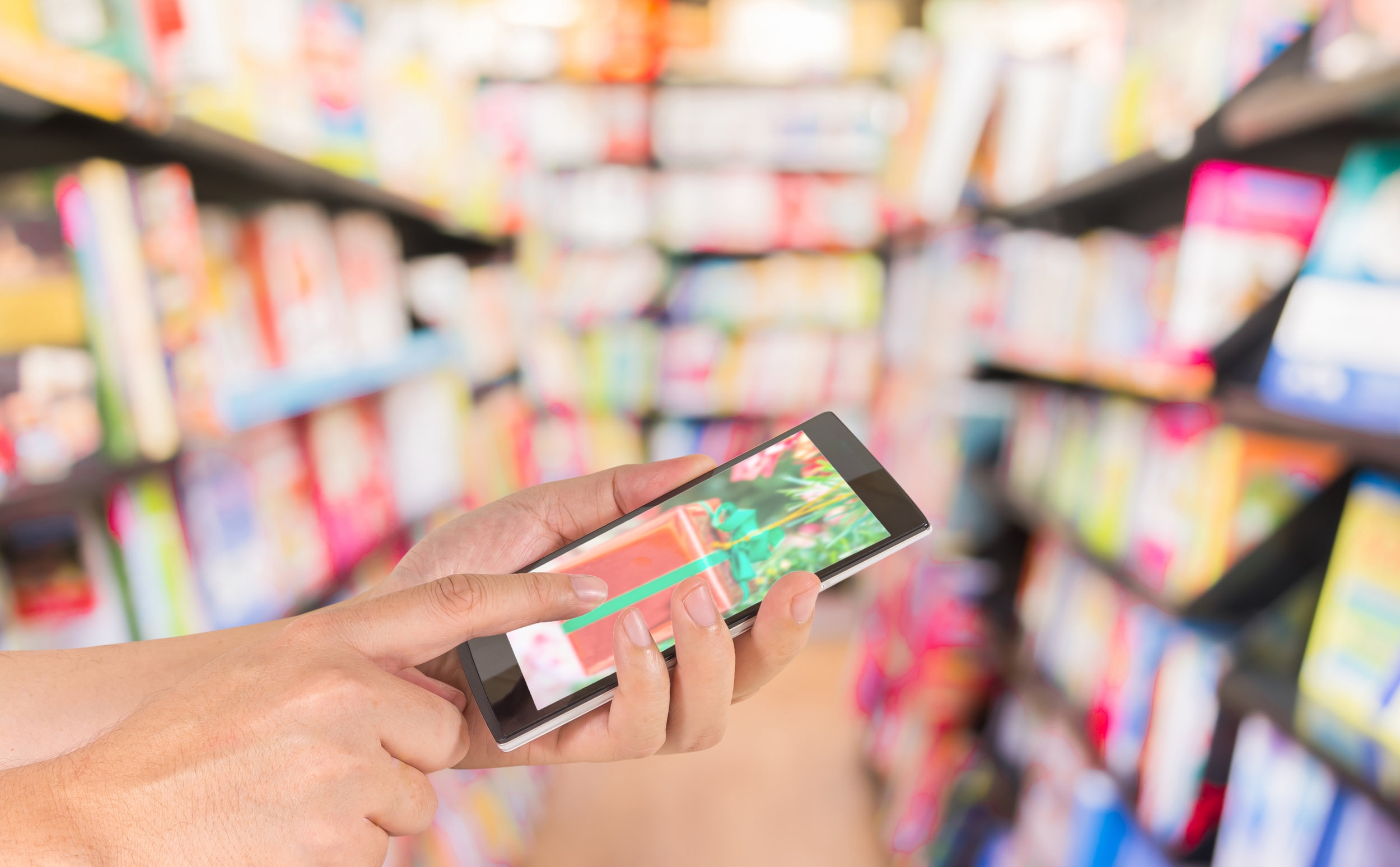Over the years, packaging industry professionals have become more interested in the future of smart packaging. Though barcodes and quick-response codes have proven successful in years past, issues like cost and consumer engagement still spark concerns about whether brands can truly harness the power of smart packaging.
Progress is already being made when it comes to the design and production needed to cost-effectively incorporate near-field communication (NFC) technology into packaging, with big names like
Apple announcing future cooperation with NFC tags
. By reinventing packaging in a way that allows customers to fully interact and engage with it, packaging has the potential to become much more than a functional tool.
The idea of high-tech packaging opens up another opportunity with IoT (Internet of Things), the interconnection of computing devices in everyday objects, allowing them to send and receive data. This would bridge the gap between the packaging and technology industries to provide the future “modern” household.
Here are three main areas that have the greatest potential for smart packaging and technology:
1. Content
The use of NFC chips and technology can increase the ways consumers interact with an individual product, looking to the product itself for in-depth content, such as recipes or instructions. This could create a more developed bond between the product and consumer, allowing for more brand engagement.
2. Replenishment and expiration
The replenishment of goods could become streamlined or automated with smart packaging technology, by alerting customers of their need to repurchase, and driving out competition from other brands at the point-of-sale. This could aid in the consumers’ need to avoid food waste from expired products, or reduce the mental stress of having to keep track of how much food they have, while increasing repeat purchases.
3. Authentication
For emerging food markets, food safety can be a big concern, and smart packaging has the potential to aid in areas, such as food tampering and other safety measures. This new packaging could include tampering-detection intelligence, which could also showcase product authenticity for consumers.
The main concerns of producers and designers of this new technology have to do with consumer willingness to accept smart packaging and a revolutionized consumer experience. Other concerns include return on investment, and which markets make the most sense to implement this new way of packaging.
Value is the driving force that could help permeate the market with smart packaging. Allowing for a balance of the cost-effectiveness of this technology and the actual aid it provides consumers, smart packaging could be launched into everyday lives and transform the product experience as we know it.
This post was adapted from
Packaging Digest
.


